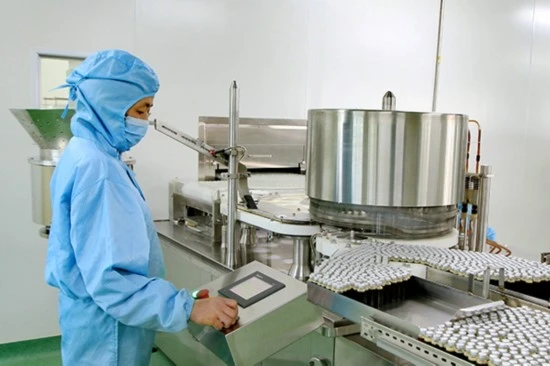- Afrikaans
- Albanian
- Amharic
- Arabic
- Armenian
- Azerbaijani
- Basque
- Belarusian
- Bengali
- Bosnian
- Bulgarian
- Catalan
- Cebuano
- Corsican
- Croatian
- Czech
- Danish
- Dutch
- English
- Esperanto
- Estonian
- Finnish
- French
- Frisian
- Galician
- Georgian
- German
- Greek
- Gujarati
- Haitian Creole
- hausa
- hawaiian
- Hebrew
- Hindi
- Miao
- Hungarian
- Icelandic
- igbo
- Indonesian
- irish
- Italian
- Japanese
- Javanese
- Kannada
- kazakh
- Khmer
- Rwandese
- Korean
- Kurdish
- Kyrgyz
- Lao
- Latin
- Latvian
- Lithuanian
- Luxembourgish
- Macedonian
- Malgashi
- Malay
- Malayalam
- Maltese
- Maori
- Marathi
- Mongolian
- Myanmar
- Nepali
- Norwegian
- Norwegian
- Occitan
- Pashto
- Persian
- Polish
- Portuguese
- Punjabi
- Romanian
- Russian
- Samoan
- Scottish Gaelic
- Serbian
- Sesotho
- Shona
- Sindhi
- Sinhala
- Slovak
- Slovenian
- Somali
- Spanish
- Sundanese
- Swahili
- Swedish
- Tagalog
- Tajik
- Tamil
- Tatar
- Telugu
- Thai
- Turkish
- Turkmen
- Ukrainian
- Urdu
- Uighur
- Uzbek
- Vietnamese
- Welsh
- Bantu
- Yiddish
- Yoruba
- Zulu
10 月 . 12, 2024 09:48 Back to list
oxytetracycline injection chickens dosage
Oxytetracycline injection is a broad-spectrum antibiotic commonly used in veterinary medicine, particularly in poultry. This antibiotic is effective against a wide range of bacterial infections, making it a valuable treatment option for chickens. Understanding the appropriate dosage and application of oxytetracycline is essential for ensuring the health and welfare of poultry, as well as for maintaining food safety.
When treating chickens with oxytetracycline, the dosage can vary depending on the specific condition being addressed, the severity of the infection, and the age and weight of the birds. Generally, the recommended dosage for chickens is approximately 20 to 25 mg per kilogram of body weight administered via intramuscular injection. However, it is crucial for poultry producers and veterinarians to consult the product label or a veterinary professional for precise dosage information and guidelines, as formulations may differ.
The route of administration for oxytetracycline in chickens is typically intramuscular, although some formulations are available for subcutaneous injection. It’s important to ensure that the injection site is clean to prevent any risk of infection. In addition, alternating injection sites can help minimize tissue damage and ensure effective absorption of the medication.
oxytetracycline injection chickens dosage

While oxytetracycline is generally safe when used according to guidelines, it is essential to monitor chickens for any adverse reactions or signs of antibiotic resistance. Overuse or misuse of antibiotics can contribute to resistance, which poses a significant challenge not only in poultry farming but also in broader human health contexts. Therefore, it’s vital to follow prescribed dosages and treatment durations and to avoid using oxytetracycline as a preventive measure unless directed by a veterinarian.
After treatment with oxytetracycline, it is crucial to adhere to withdrawal times before the birds are processed for meat or eggs. This period varies depending on the specific product used and must be respected to ensure that antibiotic residues do not remain in the food supply, thus safeguarding public health.
In conclusion, oxytetracycline injection plays a vital role in the management of bacterial infections in chickens. By adhering to the recommended dosages and guidelines, poultry producers can effectively protect the health of their flocks while minimizing risks associated with antibiotic use. Regular consultation with a qualified veterinarian is recommended to ensure the best practices for antibiotic application in poultry farming.
-
The Power of Radix Isatidis Extract for Your Health and Wellness
NewsOct.29,2024
-
Neomycin Sulfate Soluble Powder: A Versatile Solution for Pet Health
NewsOct.29,2024
-
Lincomycin Hydrochloride Soluble Powder – The Essential Solution
NewsOct.29,2024
-
Garamycin Gentamicin Sulfate for Effective Infection Control
NewsOct.29,2024
-
Doxycycline Hyclate Soluble Powder: Your Antibiotic Needs
NewsOct.29,2024
-
Tilmicosin Premix: The Ultimate Solution for Poultry Health
NewsOct.29,2024













